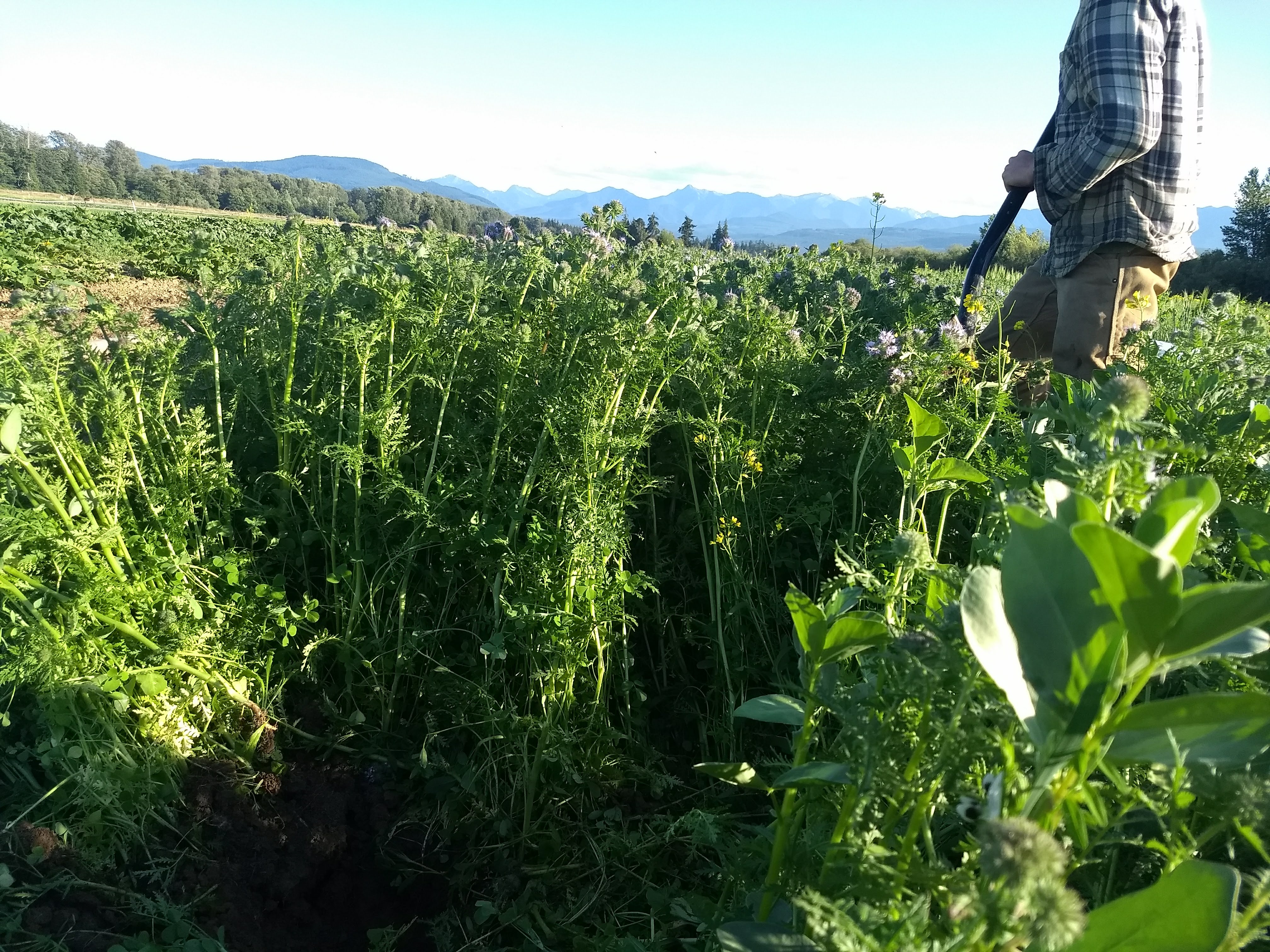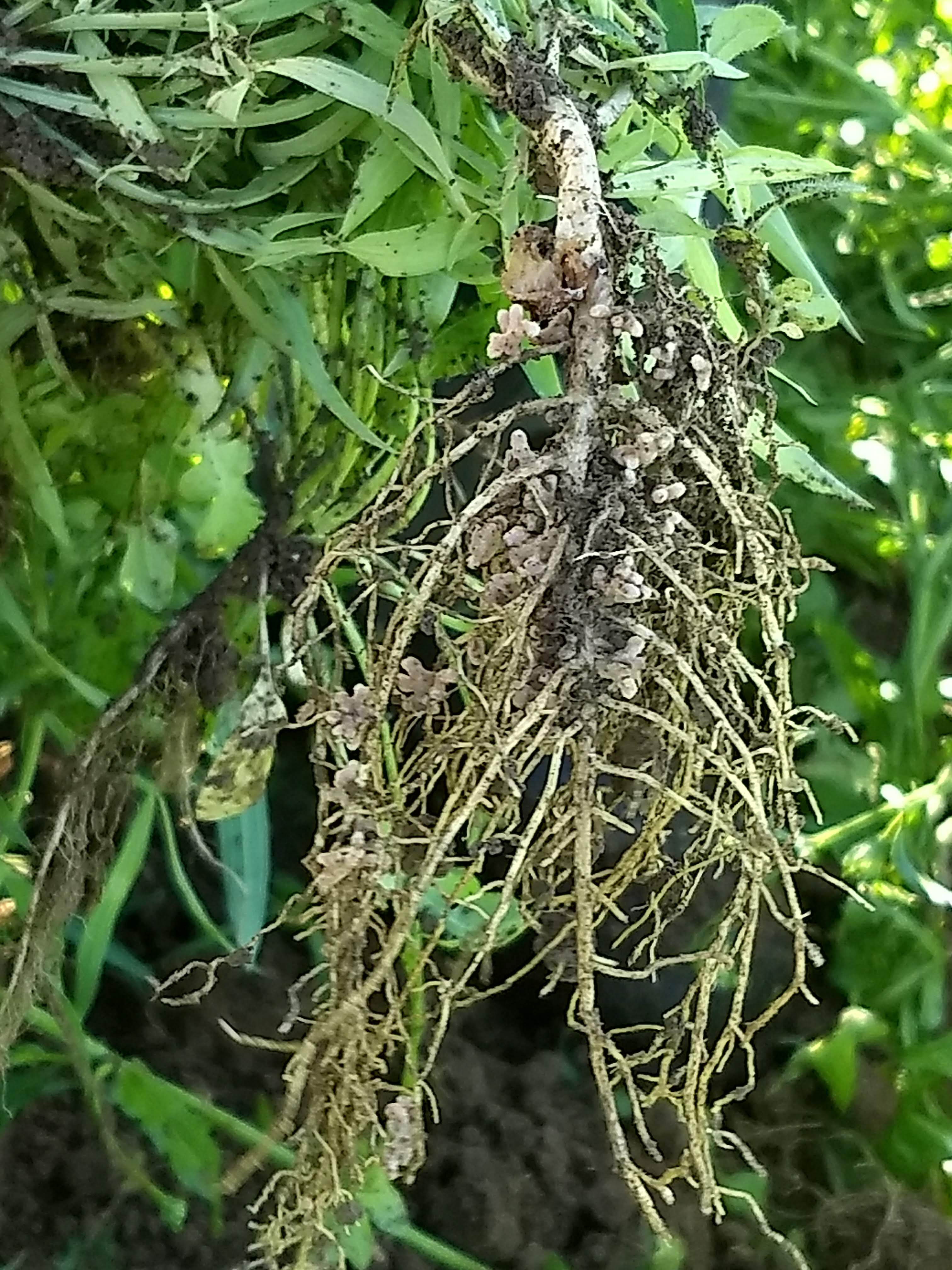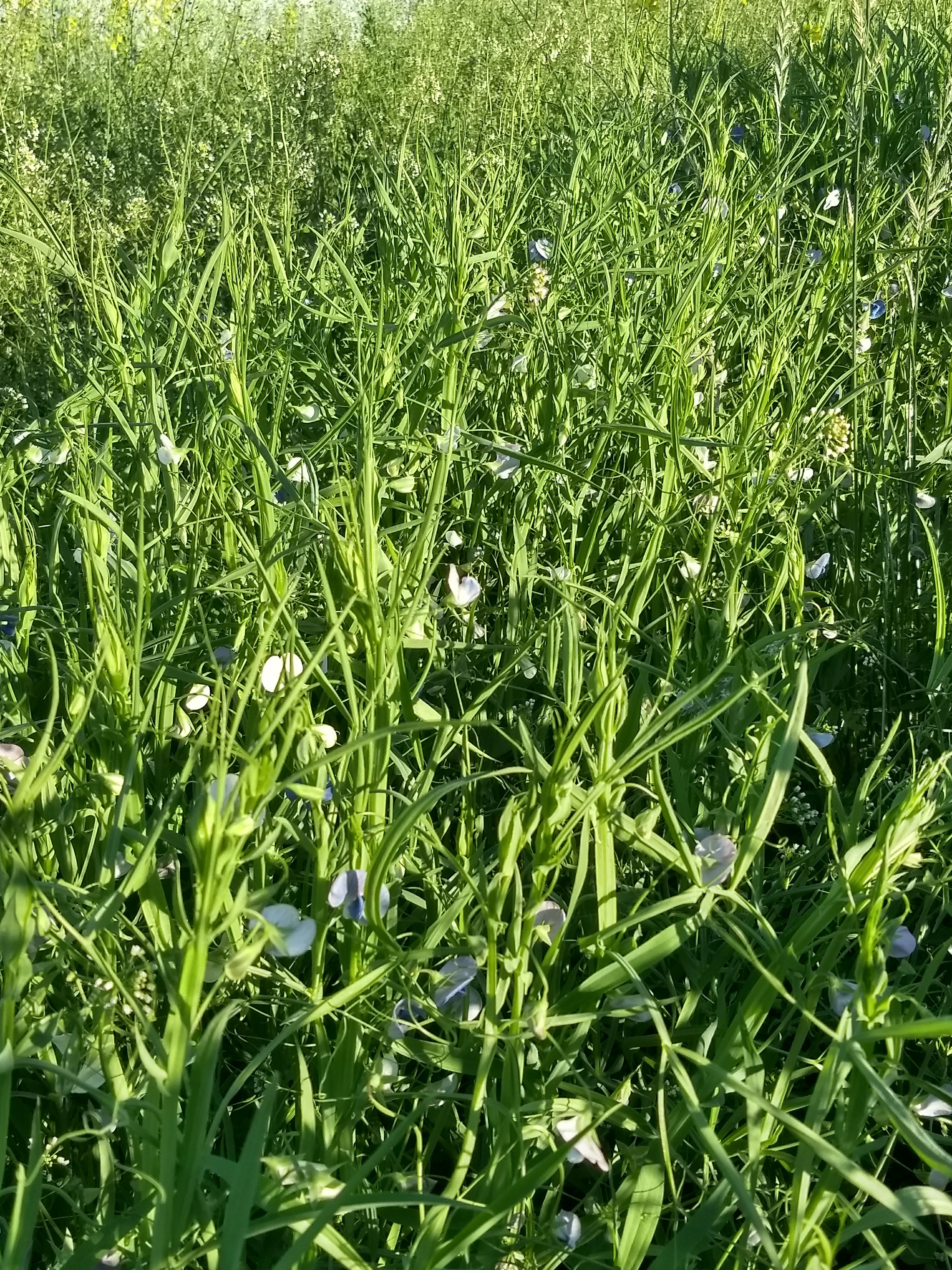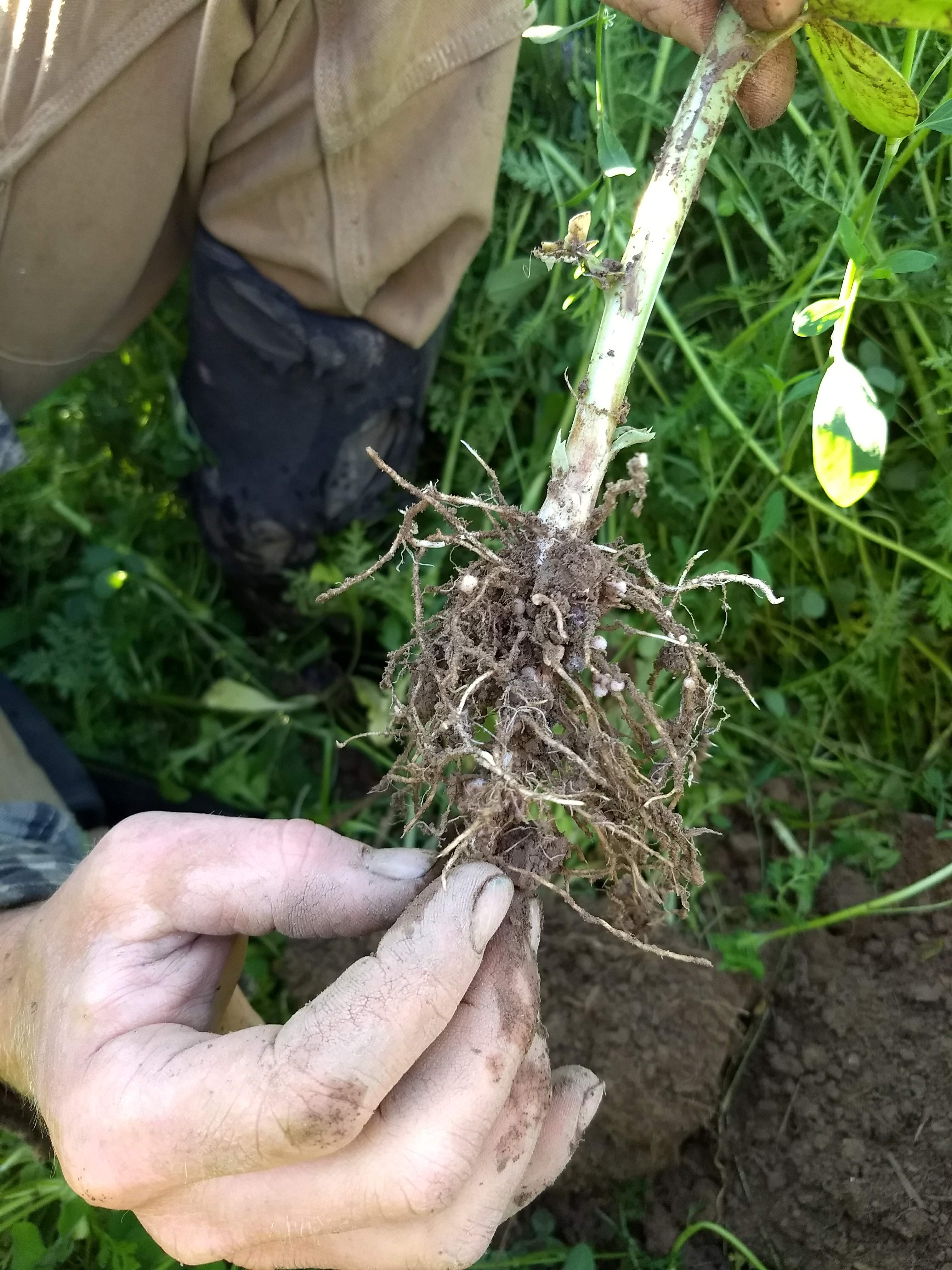We don’t often think of farming as a lifestyle business, but it absolutely is. There is some lifestyle that you would love to live and some contribution you would love to make to the world… and farming is the vehicle you have chosen to do so. Yes… chosen. It is so important to remember that farming is a choice you make. No one is forcing you to farm. The world will not fall apart if you stop. No matter how seemingly committed to the farm you are, always remember that there is a way out and that you are CHOOSING to farm. (through good times and bad, health and sickness, till death do you part 😉 )
Given that you are choosing to farm.. to use the farm as the vehicle to living a luminous life, there are certain foundational principles to insure that the farm you are building actually is supporting you in living the life you would love to live.
5 pillars of building a farm that fully supports the lifestyle you would love to live:
- Know what the farm is for! Be clear about the outcomes you wish to create, what lifestyle you would love to live, what contribution are you here to make? Lead from your heart, not from your brain… or more precisely…. Lead with your heart and manage with your brain.
- Put first things first: Now that you know what is important to you, build your farm around these elements… profit, family time, a specific contribution you want the farm to make in the world. Literally schedule out time ahead of time for these activities, start you budget with the profit you want…
- Have well designed farm systems that make it so the farm is operating smoothly and is working in support of your lifestyle and contribution goals. It is crucial that the activities be organised into coherent and well documented systems. The chain is only as strong as it’s weakest link. Similarly, the farm operation is only as strong as it’s weakest system.
- Put in place a network of mutual support and use it! No one is an island, though it may sometimes feel like you are.
- Monitor, update, and adapt. This is the step that separates the sheep from the goats .. umm, what the heck does that mean 🙂 A vision and the resulting plan are only useful when they are used in real life. Monitoring insures that you are aware of how things are going. All too often we have a great vision or we make a great plan and put it on the shelf. The key is to us your vision inspired plan as a road map to creating the life you would love to live. To do so, you have to know where you are on the map, and you have to check in regularly to see if you are still on the right path, to see if that path still leads where you wanted to go, and to see if that destination is still a place you want to go.
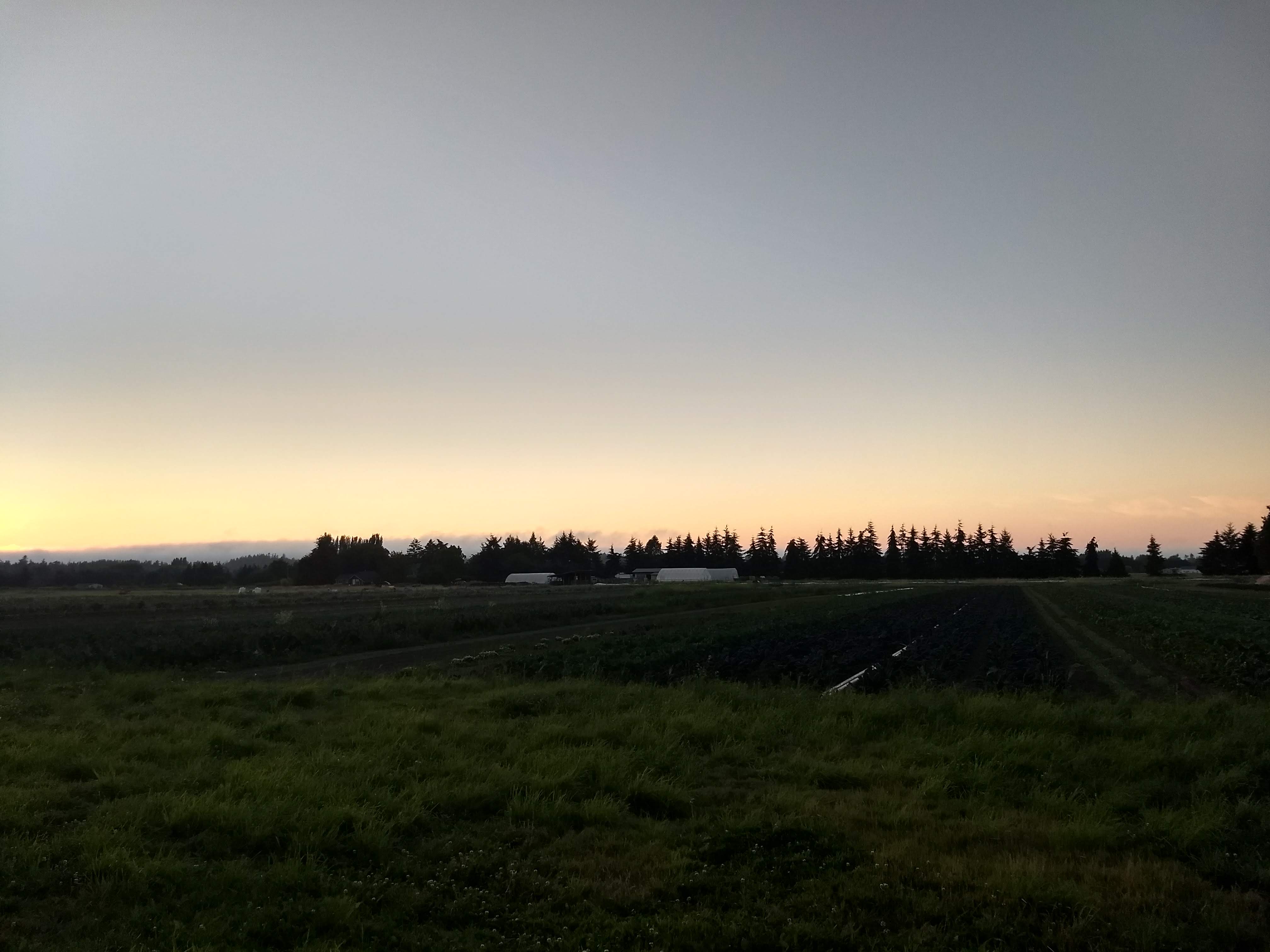
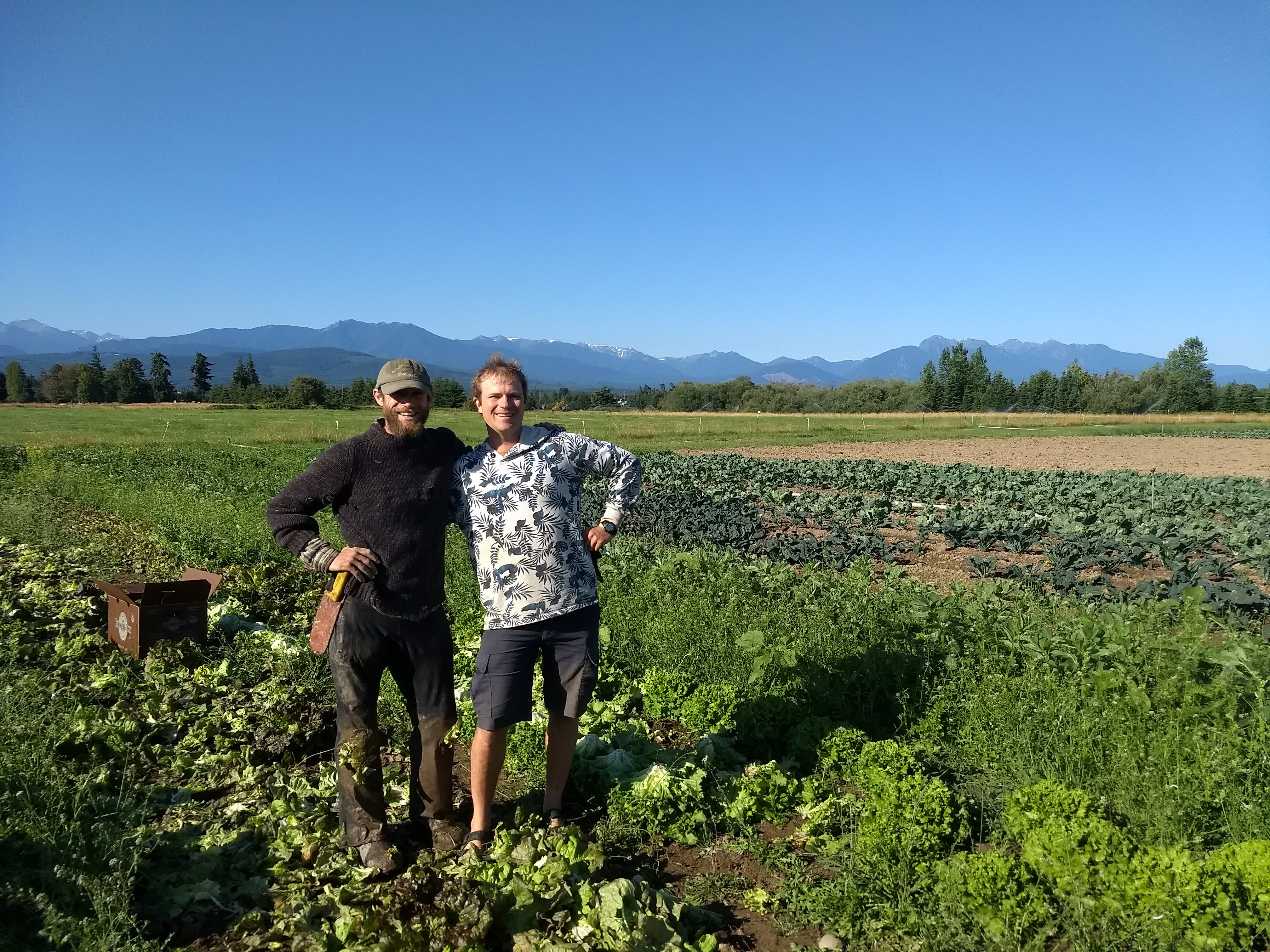 Noah and I (you can almost see those amazing lettuces)
Noah and I (you can almost see those amazing lettuces)